Legacies: Asian American Art Movements
in New York City (1969-2001)
September 11 – December 20, 2024
80WSE
Legacies: Asian American Art Movements in New York City (1969-2001) is an expansive survey of rarely-seen artwork and archival material by artists that constitute and exceed “Asian American,” a label denoting a cultural and national identity invented in 1968. Utilizing an interdisciplinary and research-driven praxis, Legacies uncovers how artists of Asian descent have historically negotiated identity in America as a set of situated practices and institutional structures amidst transnational diasporas, racial phantasms, and political imaginaries.
Presenting over 90 artists and collectives, Legacies is the first institutional survey exhibition focusing on artists of Asian descent who were based in New York City.
Legacies features works – paintings, drawings, sculpture, and new media, among other mediums – that serve to complicate the idea of defining “Asian American art” as singular and static through the lens of art history, cultural studies, and sociology. Recognizing that “identity-based” categories of art are bound to the dominant racial ideology and political narrative of a nation, the exhibition instead focuses on a multiplicity of subjectivities, political horizons, and artistic expressions to interrogate life in America.
In addition to aesthetic concerns such as figuration, abstraction and materiality, the exhibition tracks how these artists addressed migration, displacement, racism, cultural autonomy, Western imperialism, societal violence, and representations of sexuality and gender through the decades.
Legacies also constellates three key artist collectives and organizations: Godzilla: Asian American Art Network; the Basement Workshop; and Asian American Arts Centre. All three organizations were artistic, social, and political hubs for diasporic Asian artists in New York that intersected with other marginalized communities.
The exhibition also features newly commissioned installations, including a large-scale Washington Square Windows installation by new-media artist Shu Lea Cheang connected to the 30th anniversary of her groundbreaking film, Fresh Kill (1994).
Filmmaker Rea Tajiri presents an assemblage sculpture that expands on her groundbreaking History and Memory: For Akiko and Takashige (1991), a meditation on her family history and Japanese and Japanese American internment during World War II.
Organized by Howie Chen, Curator at 80WSE, Jayne Cole Southard, PhD., CUNY, and christina ong, PhD.
Produced by Jon Huron, 80WSE. Gini Yu Pei Lee, Curatorial Assistant. Gracia Brown and Daniella Occhineri, Research Assistants. Kate Edelson, Exhibition Registrar.
The exhibition’s presentation is made possible by Teiger Foundation.
Special thanks for the support of the Asian/Pacific/American Institute at NYU, Squid Frames, chenzo.studio, and Fales Library and Special Collections. Equipment provided in part by Lower East Side Ecology Center and The Solomon R. Guggenheim Museum.

Arlan Huang, All Out for African Liberation Day!, 1977

Shirin Neshat, Rebellious Silence, 1994
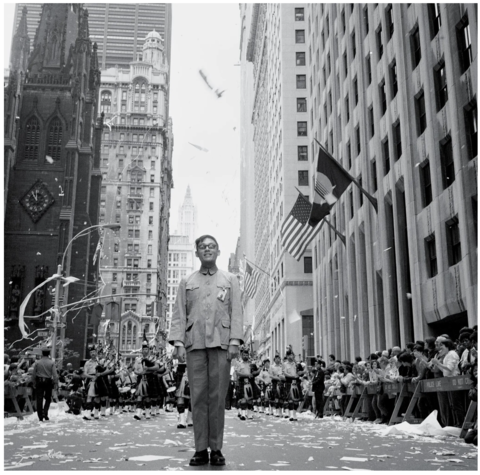
Tseng Kwong Chi, New York, NY 1984 (Veterans Day Parade), 1979
Courtesy of Muna Tseng Dance Projects Inc., New York
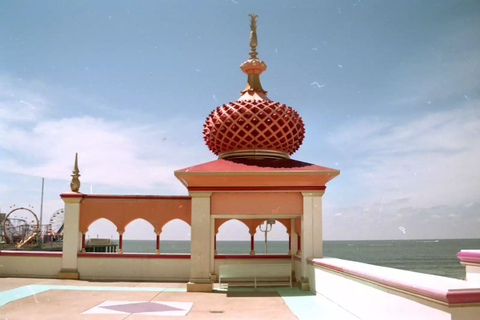
Al-An, deSouza Rumpty-Trumpty Series #5, 1997

Bridge Magazine Vol. 1 No. 6. New York: Basement Workshop, 1972

Tomie Arai, Chinatown, 1989

Mariko Mori, Miko no Inori, 1996
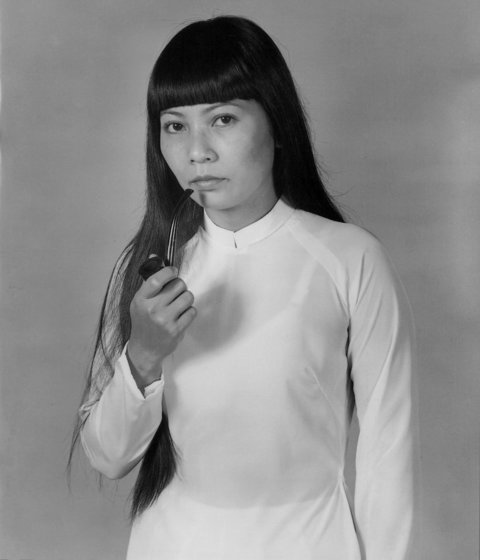
Hanh Thi Pham, Self Portrait/Hairy/Pipe, 1985
Press:
Resources:
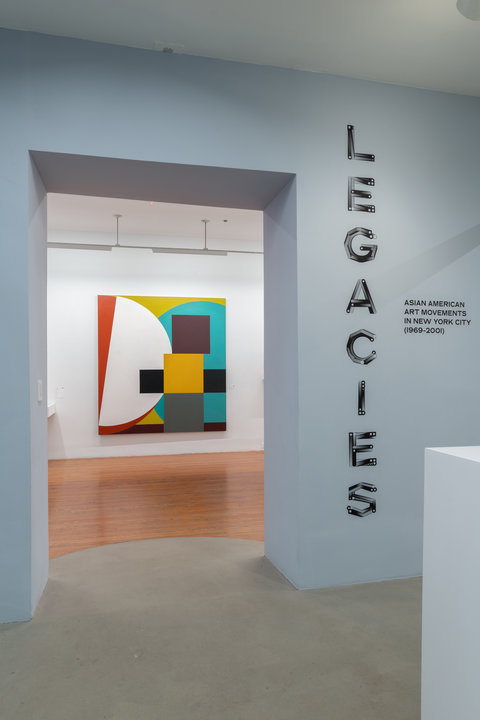
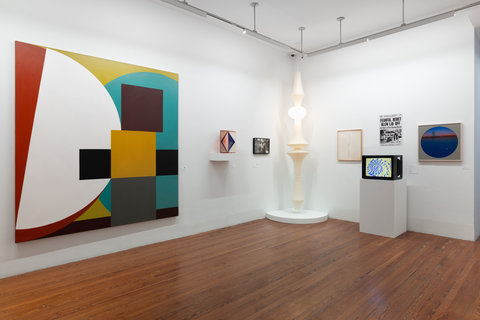
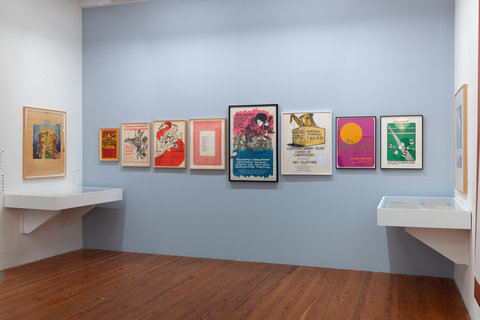
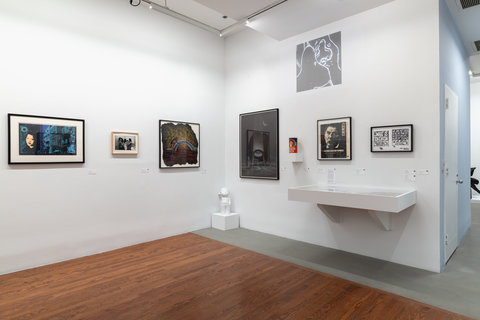
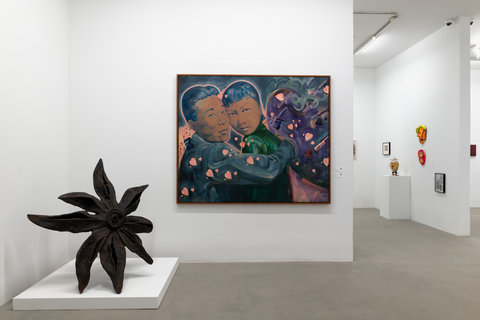
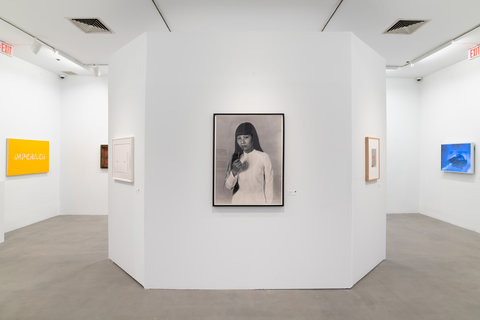
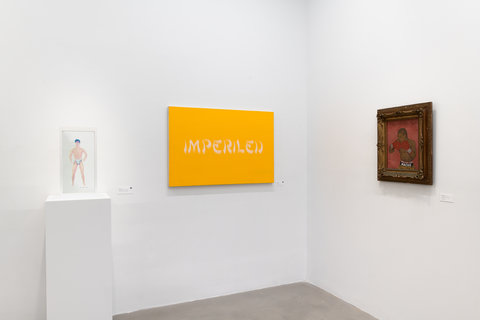
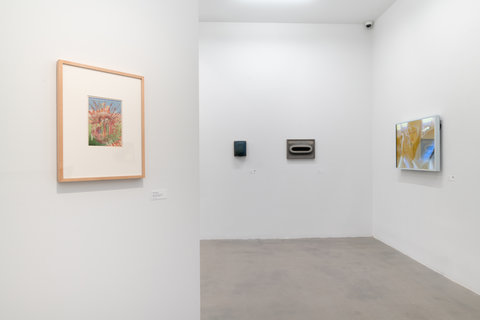
Photo: Carter Seddon